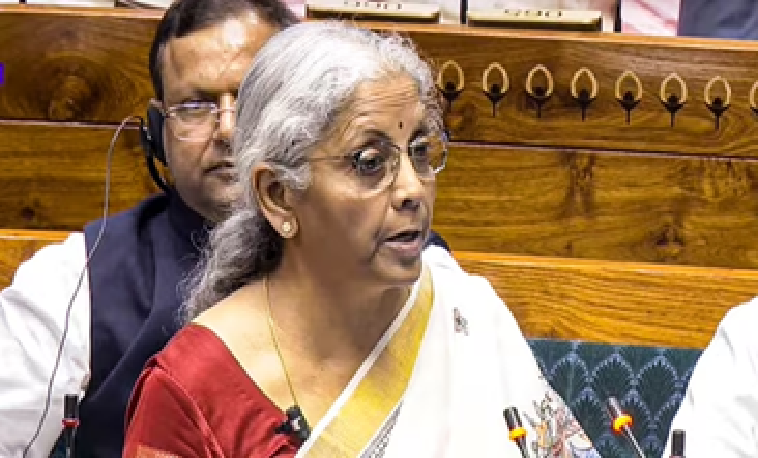
The geometry of geopolitics
Geopolitical equations are often depicted as geometrical figures. The high-profile Quadrilateral (or “Quad”) of the US, India, Japan and Australia has recently acquired a hyperbolic profile. Equally, China’s wolf warrior denunciation of it seems an exaggerated reaction to an imaginary wolf-shaped cloud on the horizon.
The Quad dialogue has recently acquired fresh impetus. Covid-19 foregrounded the realities of China’s global supply chain dominance and its technological reach. Its military provocations against India and economic aggression against Australia highlighted shared challenges. In addition, the Biden Administration toned down the bluster of its predecessor (without diluting the substance). This resulted in focussed joint statements from recent Quad meetings, instead of four separate, often disparate, individual versions.
The joint statement from the recent Washington summit renewed the earlier pledge for joint support for manufacture in India of Covid-19 vaccines for supply to Indo-Pacific and other countries. It identifies cooperation to address supply chain vulnerabilities in critical technologies, ensure secure 5G networks, bolster infrastructure resilience against cyber threats, and promote sustainable infrastructure development, with transparent financial arrangements. The signature tune of the Quad – commitment to a free and open Indo-Pacific – is forcefully reiterated. The Quad also announced practical measures to establish working groups to operationalize the pooling of capacities to pursue convergent interests.
It is obvious that China’s aggressive military, economic and technological expansion inspires Quad initiatives. It is a collective (though somewhat belated) effort to develop alternatives to China’s hegemonistic advance. In the ultimate analysis, its impact will depend on its success in establishing practical templates of cooperation, bridging the differences in political and bureaucratic cultures of its member countries.
The Quad dialogue has recently downplayed the military and security dimension. That aspect has been separately addressed by the triangular security pact of Australia, UK and the US, AUKUS, announced just before the Washington Quad summit in September. The pact envisages sharing of sophisticated defence-related cyber, artificial intelligence and quantum technologies to strengthen Australia’s underwater defence capability, bolstered by US supplies of nuclear-powered submarines, along with transfer of nuclear propulsion technology.
AUKUS recognizes the reality that for a sustainable, equitable order in the Indo Pacific, diplomatic efforts like the Quad need to be reinforced by credible regional military capabilities. From that perspective, India should welcome the AUKUS pact. But there are also some problematic aspects.
It may accelerate Chinese militarization and aggravate its belligerence. The transfer of nuclear propulsion technology to Australia opens a chink in the global non-proliferation regime, which could encourage other regional countries to seek nuclear submarines. A nuclear North Korea now seems increasingly inevitable; a matching response by Japan and South Korea is not inconceivable. North Korea’s recent demonstration of SLBM capability adds a further edge to the nuclear threats. AUKUS could accelerate these trends.
The military capacities that AUKUS will bring into the Indian Ocean would overshadow India’s relatively modest naval capability expansion. India’s naval acquisition plans may need urgent recalibration, as well as fast-tracking, for our Navy to maintain a significant presence, alongside the other forces.
Other challenges loom in continental Eurasia, with continuing friction on the India-China border and the precipitous US withdrawal from Afghanistan. A different set of quadrilaterals and triangles operate there. A US-Russia-China-Pakistan quadrilateral (called an “extended troika”) worked from 2019 to facilitate US withdrawal from Afghanistan, by drawing the Taliban into a stage-managed “intra-Afghan” dialogue. After the withdrawal, Russia, China and Pakistan appear to be preparing the ground for wider international acceptance of the Taliban government. The foreign ministers of Russia, China, Iran and Pakistan met recently to coordinate approaches.
In its effort to retain a handle on Afghan developments, the US has mooted a quadrilateral with Uzbekistan, Afghanistan and Pakistan for a connectivity corridor – potentially undermining India’s negotiations with Iran, Russia and Azerbaijan for connectivity to Afghanistan and Central Asia through the International North South Corridor. Meanwhile, it has been reported that India’s National Security Advisor will shortly host his counterparts from Russia, China, Uzbekis
 English daily published in Bengaluru & Doha
English daily published in Bengaluru & Doha






